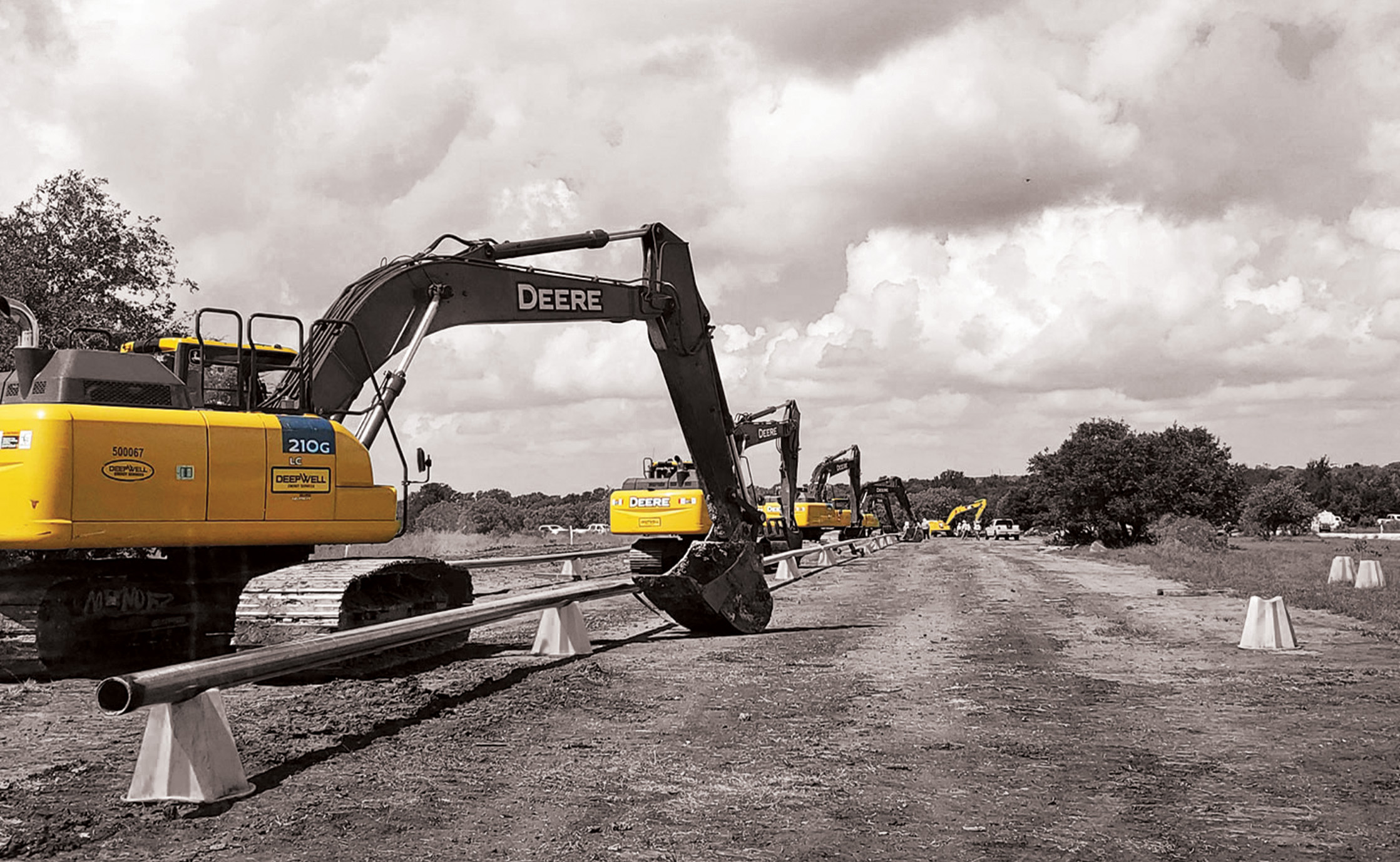All About Oil Field Equipment and Pipeline Equipment: Secret Insights and Crucial Details
Oil field equipment and pipeline systems play a critical duty in the oil and gas market. They are essential for the reliable extraction and transportation of hydrocarbons. Trick elements, such as piercing rigs and storage containers, directly influence operational success. Developments in modern technology guarantee to boost safety and efficiency. Comprehending these components is essential for any individual associated with or thinking about this intricate market, as it sets the phase for deeper exploration of market techniques.

Overview of Oil Field Equipment
As the need for oil remains to expand, comprehending the devices used in oil fields comes to be significantly essential. Oil field equipment encompasses a wide range of equipment and devices vital for expedition, extraction, and processing. Key components consist of drilling rigs, which are vital for getting to oil tanks, and production tools, such as separators and pumps, that promote the extraction process. Superior Rentals reviews. Furthermore, tank play a considerable duty in holding petroleum before transport. Safety and security tools, including blowout preventers and stress assesses, guarantees functional safety and effectiveness. Each tool features cohesively to enhance manufacturing and preserve reliable workflow. Knowledge with this equipment is very important for specialists in the market to guarantee successful operations and adherence to safety criteria
Kinds Of Drilling Rigs and Their Applications
Drilling rigs function as the foundation of oil extraction operations, with numerous types created for details geological problems and functional needs. The most common kinds consist of rotating boring rigs, which make use of a turning drill bit to pass through the planet, and wire tool rigs, understood for their percussion boring method. For offshore procedures, jack-up rigs and semi-submersible rigs provide stability and assistance in aquatic environments. Furthermore, directional boring rigs allow operators to drill at angles, getting to down payments that are not vertically easily accessible. Each gear kind has unique advantages, enhancing performance and security based on the boring environment. Choosing the ideal rig is important for optimizing resource extraction while reducing ecological impact and functional prices.

Important Pipeline Equipment and Their Functions
Pipeline facilities is crucial for the transportation of oil and gas from extraction websites to processing facilities and end-users. Various vital tools components facilitate this process. Pipelines themselves work as the main avenues, made to stand up to high pressure and harsh materials. Pump stations are important for preserving flow by increasing stress along the pipeline. Shutoffs play a crucial duty in controlling flow and isolating areas for maintenance. In addition, installations and ports assure protected joints in between pipe areas. Checking systems, including circulation meters and stress sensing units, are important for identifying leakages and maximizing circulation rates. Pigging devices is employed for maintenance and cleansing, protecting pipeline integrity and effectiveness. Together, these parts form main stack plumbing the foundation of a dependable pipeline system.
Innovations and Technologies in Oil and Gas Equipment

Security and Upkeep Practices in the Oil Sector
While the oil sector has actually made significant strides in innovation and effectiveness, the significance of durable safety and security and maintenance practices can not be overstated. Effective safety protocols are important to shield employees and the atmosphere, minimizing the threat of crashes and spills. Normal assessments and upkeep of devices help determine prospective concerns before they escalate, making sure functional integrity. Educating programs for employees are essential, stressing the importance of safety and security recognition and emergency action procedures. In addition, adherence to industry guidelines and criteria cultivates a society of safety and security. Implementing sophisticated surveillance innovations can better boost upkeep techniques, permitting real-time analyses of equipment problems. Inevitably, prioritizing safety and maintenance is important to the sustainability and success of the oil sector.
Regularly Asked Inquiries
What Are the Environmental Influences of Oil Field Equipment?
The ecological influences of oil field equipment consist of habitat devastation, water contamination, and air pollution (Superior Rentals fusion machines). Additionally, equipment malfunction can cause spills, adversely impacting wildlife and environments, highlighting the demand for rigid regulations and monitoring
Exactly How Is Oil Field Equipment Moved to Remote Locations?
Delivering oil field equipment to remote areas usually entails specific automobiles, helicopters, or barges. Logistics firms coordinate paths, ensuring devices arrives safely and successfully, thinking about terrain and availability to lessen hold-ups and maximize performance.
What Regulatory Criteria Govern Oil Field Equipment?
Regulative criteria governing oil field equipment mostly consist of security, environmental protection, and operational performance guidelines. Agencies such as OSHA and EPA impose these guidelines to guarantee risk-free methods and decrease environmental effect in oil extraction operations.
What Abilities Are Needed to Operate Oil Area Machinery?

How Do Oil Prices Influence Equipment Demand and Usage?
Oil prices substantially influence tools demand and use. Greater prices typically lead to boosted exploration and manufacturing tasks, driving demand for equipment. On the other hand, lower costs may cause decreased operations and lowered demand for tools.